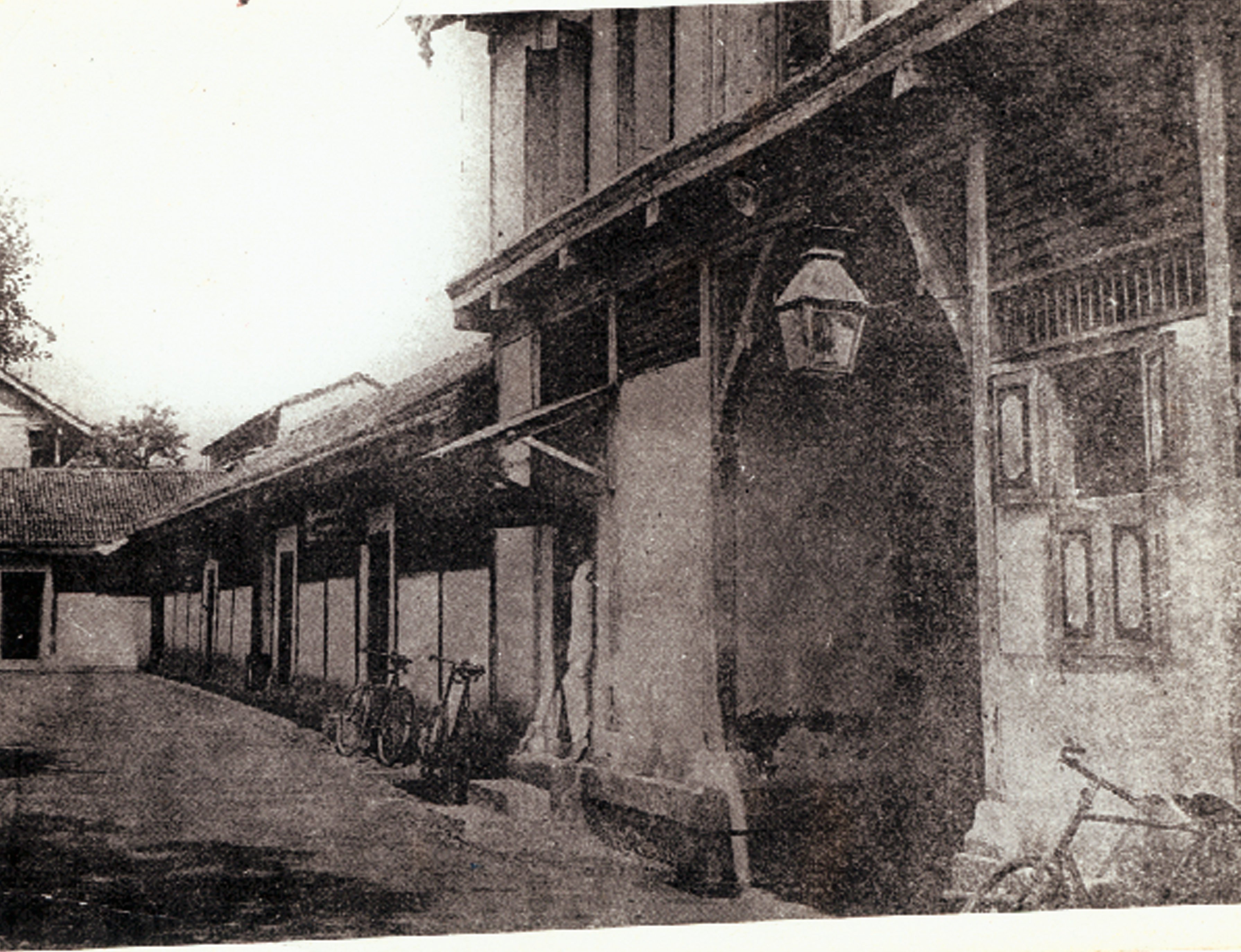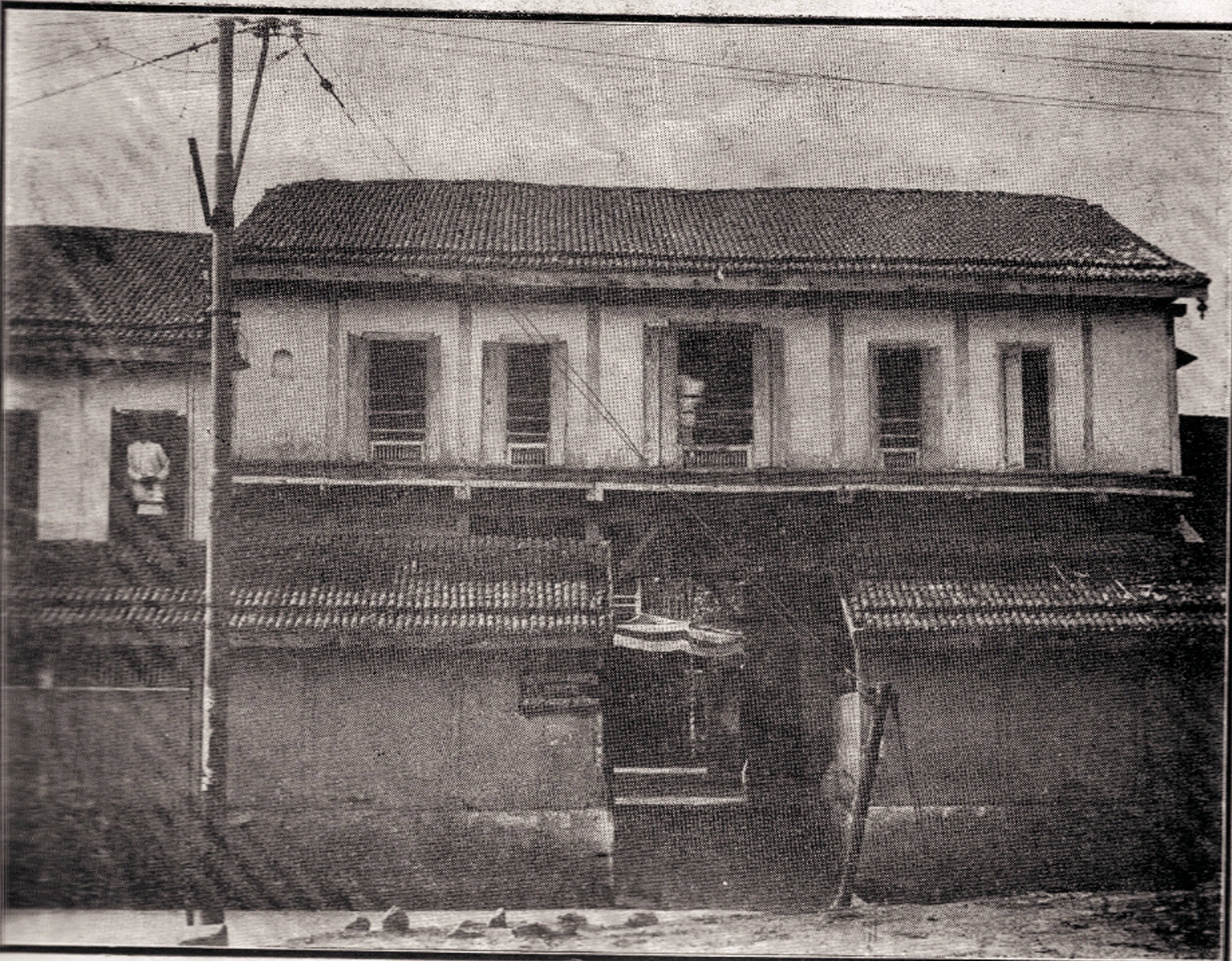Located in Narayan Peth, Pune, Kesari Wada was originally commissioned as a residence by Maharaja Sayajirao Gaekwad III of Baroda. Known initially as Gaekwad Wada, it later became a significant center of activity for Lokmanya Tilak, a prominent freedom fighter.
Maharaja Sayajirao Gaekwad III’s Support
The British authorities suspected Maharaja Sayajirao Gaekwad III of covertly supporting the freedom movement. True to their suspicions, the Maharaja did support the movement, but in a way that the British could never directly accuse him of any wrongdoing. In 1905, upon learning about Tilak’s activities, the Maharaja offered and sold the Wada to him. Lokmanya Tilak lived and worked here until his death in 1920.
Kesari Wada and the Freedom Struggle
Once Tilak took over, he transformed the Wada into a hub for his newspapers, Kesari and Maratha. The Wada was renamed Kesari Wada and became the center of his efforts to ignite the freedom struggle against British rule.


The Wada is notable for being a venue where national leaders held nightlong discussions about overthrowing British rule. Tilak also used the courtyard to launch the annual Ganesh festival, aiming to unite people and prepare them for the struggle for independence.
Current Status
Despite undergoing several renovations, Kesari Wada retains its large wooden entrance and features beautiful carvings on the walls. These carvings depict Tilak initiating the Ganesh festival and the Shivjayanti Festival. The spacious courtyard, once a site for social gatherings and lectures, continues to host cultural programs, music concerts, lectures, and competitions during the Ganesh festival.
Kesari-Maratha Trust and Library
Today, the Wada houses the Kesari-Maratha Trust Office and a library established by Tilak for his newspapers. The library contains over 50,000 books and a collection of newspaper clippings from contemporary intellectuals like Professor Jinsiwale and Lokhitwadi.
Lokmanya Tilak Museum
The highlight of Kesari Wada is the Tilak Museum, which showcases Lokmanya Tilak’s illustrious career. The museum features his genealogical table, horoscope, holy relics, and a detailed replica of his study room and cell from Mandalay Jail. Personal items of Tilak, including his clothes, books, and watch, are also on display.
Kesari Wada stands as a symbol of Maharaja Sayajirao Gaekwad III’s contribution to the freedom struggle, having provided a critical space for one of India’s most important leaders in the fight for independence.
Info Source: Maharashtra Govt






No Comments